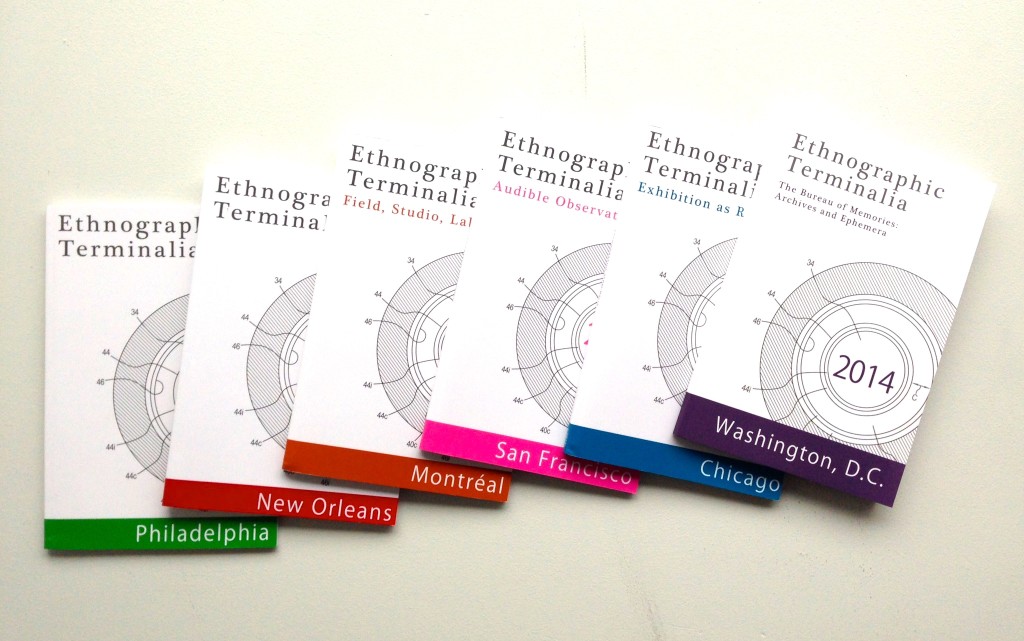
© Kate Schneider, 2016
We, the Heartland
Dear President Obama,
…The air, earth, and water, which sustain us, have no voice. As stewards of the land, we are very aware of our surroundings and the footprints we leave behind. We must speak for the land. We ask you to protect our nation, the earth, air, and water. Reject the KXL pipeline.
Sincerely, Bonny Kilmurry
The Kilmurrys are not your average environmental activists. Wearing a uniform of Wranglers, snap-button shirts, and cowboy hats, the family is more reminiscent of Little House on the Prairie than eco-activism.
On their 6,000-acre ranch in the Nebraska Sandhills, Richard and Bonny Kilmurry live a seemingly simple existence that belies their quiet intelligence and fierce independence. When the Kilmurry family received a letter from the TransCanada Corporation in 2012 stating that their ranch could host a portion of a 1,833-mile tarsands oil pipeline, the apolitical family, by nature distrustful of environmentalists, found themselves on the front-lines of the Keystone XL pipeline protest movement. This reluctant environmentalism is not unique to the Kilmurrys. The KXL movement aligned groups who were previously segregated and perhaps even antipathetic – liberal environmentalists, conservative ranchers and farmers, and Native Americans – to fight for the rejection of the proposed “black snake.”
In Imperial Landscape, W.J.T. Mitchell states, “Landscape is a natural scene mediated by culture. It is both a represented and presented space…”2 The fact is that since the birth of Manifest Destiny, the prairies have been caught between dueling interests. While one side envisions the land as a site for expansion, the other side envisions the land as a site of stewardship. These competing (re)presentations of the land not only speak to the history of the prairies, but also speak to the current fight over the proposed Keystone XL pipeline. The question becomes, what is current cultural value the prairies?
We, The Heartland is a love-letter to the cultural landscape of the prairies. Photographs made along the proposed Keystone XL pipeline route in Nebraska and South Dakota are paired with handwritten letters from landowners and Lakota natives to President Obama. The landscapes address the unseen threat the proposed pipeline poses to the land, and the accompanying letters address the indexical relationship between the land and those who seek to preserve it.
Biography
Kate Schneider’s work is based in the traditions of documentary storytelling and ethnography. Her most recent works focus on the impact that land, and the socialized landscape, have on individual and cultural identity in North America.
Kate was recognized by the Magenta Foundation’s 2015 and 2013 Flash Forward competitions, and has recently shown her work at the Soho Photo gallery (New York), the Great Plains Art Museum (Nebraska), the Society of Photographic Education (Cleveland), and the floor of the United States Senate. She received her MFA in Documentary Media from Ryerson University (2009). Kate is also an Instructor at the Ontario College of Art and Design and writes for Raw View magazine.

